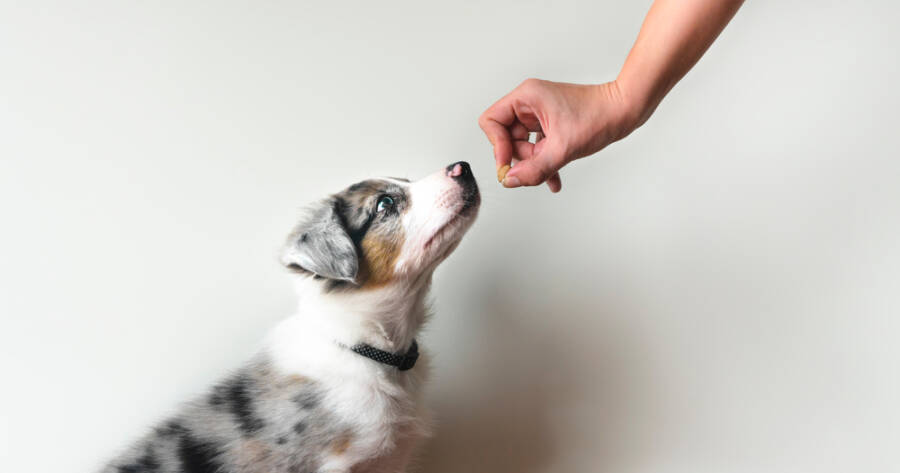Training your pet can be a rewarding experience, fostering a deeper bond between you and your furry friend. Whether you’re a new pet parent or a seasoned owner, mastering the basics can make a big difference in how your companion interacts with you and the world. Discover expert insights to help you develop a positive and effective training routine, adaptable to your pet’s unique personality and needs.
Understanding Your Pet’s Perspective
Before diving into specific techniques, it’s essential to understand your pet’s perspective. Animals often perceive their environment differently than humans do, and recognizing this can enhance your training approach.
Observe your pet’s body language and vocal cues—they may hold the key to understanding their needs and emotions. Being attentive and responsive to these signals can set a solid foundation for trust and communication, which are critical for effective training.
Positive Reinforcement Techniques
Positive reinforcement is a widely recommended method and involves rewarding your pet for desired behaviors. This approach can include treats, praise, or extra playtime, and it’s essential to use rewards that genuinely motivate your pet.
While some pets may respond enthusiastically to verbal praise, others might show more enthusiasm for a tasty treat. Consistency and timing are crucial; ensure rewards are given immediately to reinforce the connection between action and reward.
Establishing Clear Commands
Clear and consistent commands form the backbone of any successful training program. Choose short, distinct words for each command and use them consistently to avoid confusing your pet.
It may be helpful to accompany verbal instructions with hand signals, providing a visual cue that reinforces the command. Patience is paramount, as it could take time for your pet to associate the word with the action you envision.
Avoiding Common Pitfalls
Mistakes can happen during training, and being aware of common pitfalls can minimize setbacks. Avoid punishment-based training as it can create fear and anxiety. If your pet struggles with a particular command, consider breaking it down into smaller, more manageable steps.
Understanding that every pet learns at their own pace is crucial for maintaining a stress-free environment. If progress stalls, reassess your methods and ensure they align with your pet’s learning style.
Socialization: Beyond Basic Training
Socialization complements basic training and is an invaluable part of your pet’s development. Exposing your pet to diverse environments, people, and other animals can improve their adaptability and reduce anxiety.
This should be a controlled and positive experience, gradually increasing the complexity of social interactions. Socialization not only reinforces training but also enhances your pet’s ability to handle various situations with confidence.
Tailoring Training to Individual Needs
Every pet is unique, and effective training may require a tailored approach. Consider factors such as breed, age, and temperament when designing a training plan. Some breeds may exhibit specific traits or behaviors that influence how they respond to training methods.
Moreover, older pets might require different approaches than younger ones, necessitating adjustments in training style or pace. Seek professional advice if needed to ensure that your techniques cater to your pet’s specific requirements.
The Importance of Patience and Consistency
Patience and consistency are key components of any training endeavor. Regular practice helps reinforce skills and behaviors, and patience ensures that setbacks don’t derail your progress.
Celebrate small victories and understand that training is a journey, one that evolves over time. Consistent sessions help solidify learning, while patience helps maintain a positive, encouraging atmosphere, essential for your pet’s success.
Learn More Today!
Training your pet is a dynamic and ongoing process that fosters mutual understanding and respect. By considering your pet’s perspective, using positive reinforcement, and tailoring your approach to their needs, you pave the way for a successful training experience.
Remember to exercise patience and consistency, recognizing that each milestone, no matter how small, contributes to a harmonious relationship. A well-trained pet not only complements your lifestyle but also enhances the joy of companionship.

